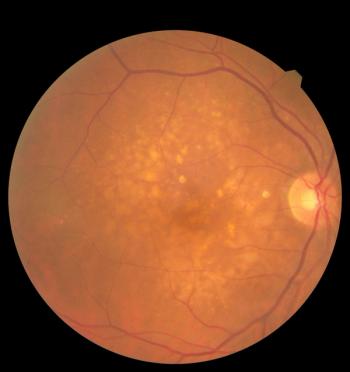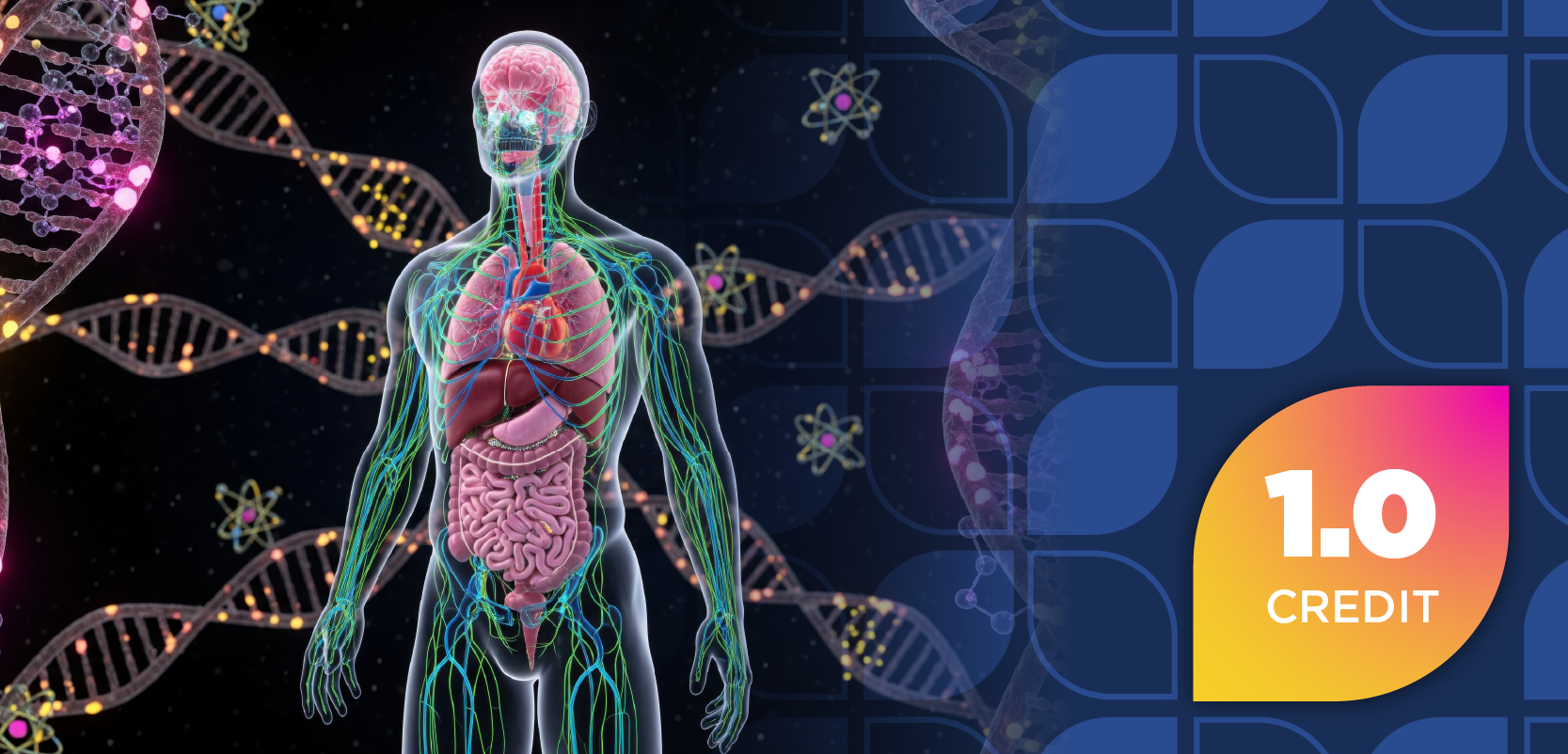
HIV Novel Drug Candidate May Be a Game Changer
Experimental drug found to be so powerful and universally effective, it may lead to an unconventional vaccine.
Experimental drug found to be so powerful and universally effective, it may lead to an unconventional vaccine.
An investigational treatment for HIV has been found to be so potent that it may lead to the creation of an alternative vaccine for the disease.
In a study published online February 18, 2015 in Nature, researchers found the new drug candidate is able to block every strain of HIV-1, HIV-2, and simian immunodeficiency virus isolated from either humans or rhesus macaques. The ability of the vaccine to block the virus includes the variants that are the hardest to stop, the study noted.
The drug also protected against significantly higher doses of the virus than that which occurs during most human transmission, offering this protection for at least 8 months following injection.
"Our compound is the broadest and most potent entry inhibitor described so far," lead researcher and professor at The Scripps Research Institute (TSRI) Michael Farzan, said in a press release. "Unlike antibodies, which fail to neutralize a large fraction of HIV-1 strains, our protein has been effective against all strains tested, raising the possibility it could offer an effective HIV vaccine alternative."
During HIV infection, the virus targets the CD4 lymphocyte and fuses with the cell before inserting genetic material that transforms the host cell into a viral manufacturing site. Previous studies have shown that the CCR5 co-receptor carries unusual modifications in the HIV-binding region, which allows proteins based on this region to be used for the prevention of infection.
For the current study, the experimental drug was designed to simultaneously bind to 2 sites on the surface of the virus, which stops it from entering the host cell.
"When antibodies try to mimic the receptor, they touch a lot of other parts of the viral envelope that HIV can change with ease," TSRI Research Associate Matthew Gardner said in a press release. "We've developed a direct mimic of the receptors without providing many avenues that the virus can use to escape, so we catch every virus thus far."
The researchers designed a delivery vehicle that utilized existing technology to develop an engineered adeno-associated virus. This vehicle mimicked HIV in turning the cells into manufacturing sites able to produce enough of the protective protein to last for years, potentially even lasting for decades, according to the study.
"This is the culmination of more than a decade's worth of work on the biochemistry of how HIV enters cells," Farzan said. "When we did our original work on CCR5, people thought it was interesting, but no one saw the therapeutic potential. That potential is starting to be realized."
Newsletter
Stay informed on drug updates, treatment guidelines, and pharmacy practice trends—subscribe to Pharmacy Times for weekly clinical insights.








































































































































































































